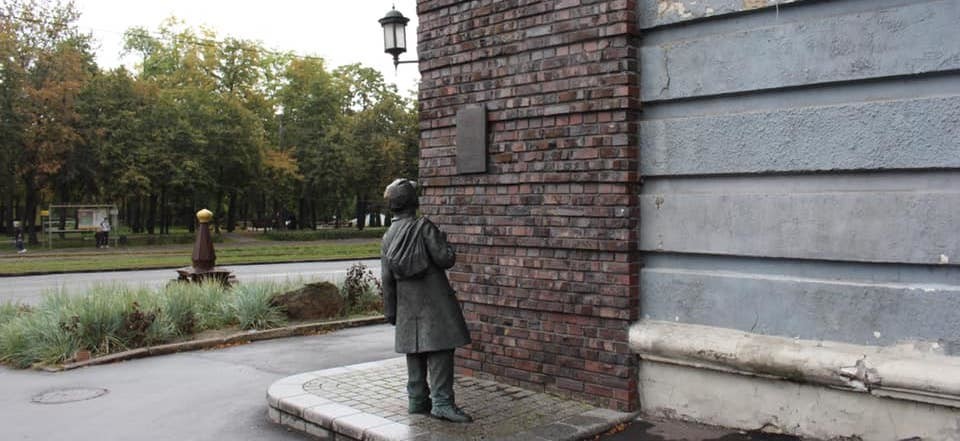On September 29, Ukraine will commemorate the victims of the mass shootings at Babyn Yar. 84 years ago, the German occupiers committed one of the largest crimes in terms of the number of people killed in a single day – they shot almost 34,000 Kyiv Jews. In the following years of the Nazi occupation, the natural ravine on the outskirts of Kyiv would continue to serve as a place of execution for Jews, prisoners of war, the mentally ill, Roma, and clergy.
As part of a joint project of the Hesed-Menachem Charitable Foundation and the Museum “Jewish Memory and Holocaust in Ukraine”, an online meeting was held with the deputy director of the Museum for scientific work, Dr. Yegor Vradii, dedicated to the landmark work – the confessional novel “Babyn Yar” by Anatoly Kuznetsov (1929-1979). Why and with what requirements did the Soviet authorities, which carefully censored any mention of the Holocaust in Ukraine, allow the publication of this work? What parts of the novel caused concern among censors and Soviet officials? How and why did A. Kuznetsov's magnum opus bury his writing career? During the meeting, its participants also talked about the peculiarities of the writer's work during the era of “developed socialism”, about the choice between the stability of the existence of the "creative nomenclature" and true creative freedom.
The online meeting opens a series of cultural events dedicated to the Day of Remembrance of the Victims of the Shootings in Babyn Yar, which the Museum will present in the coming days – September 28 and 29.
So, stay tuned for announcements and see you soon!

